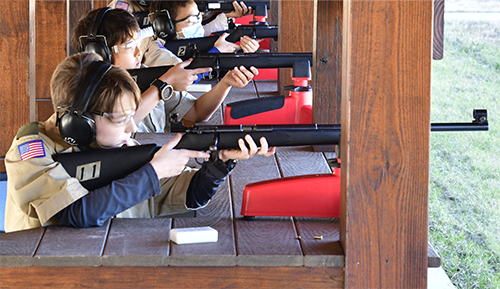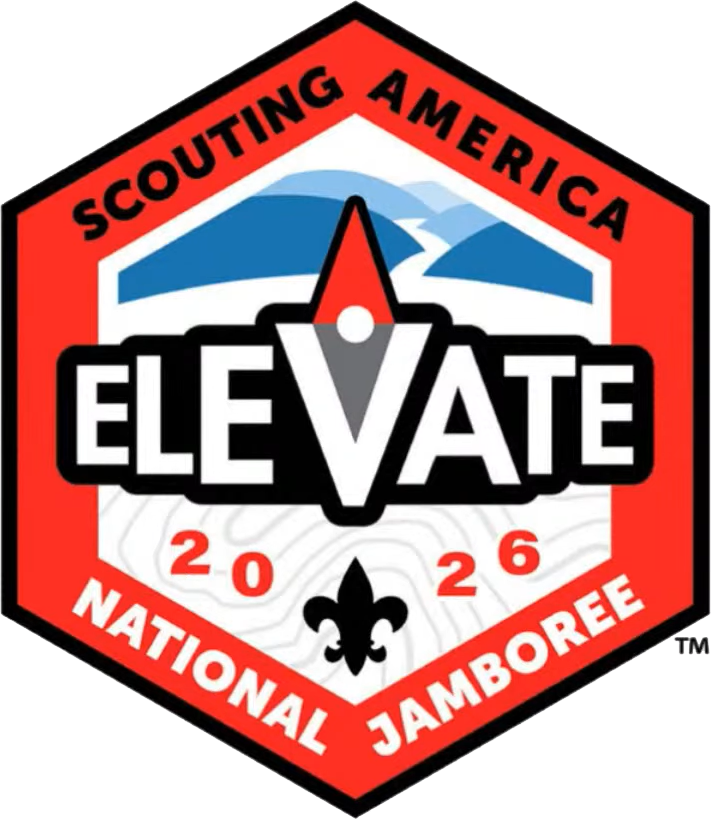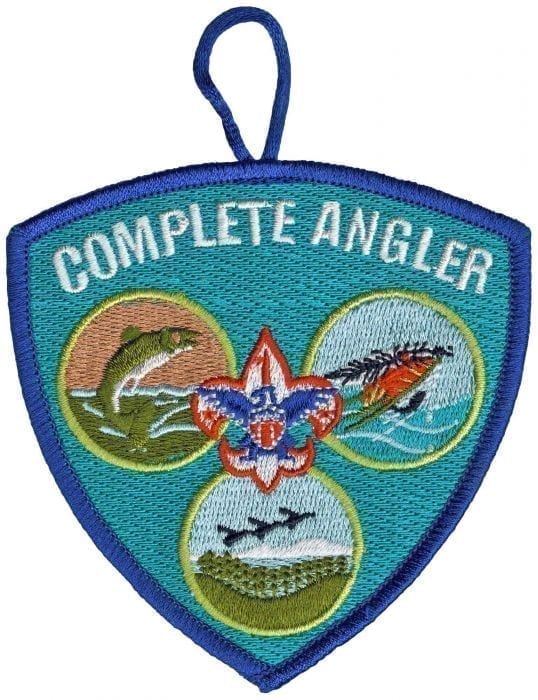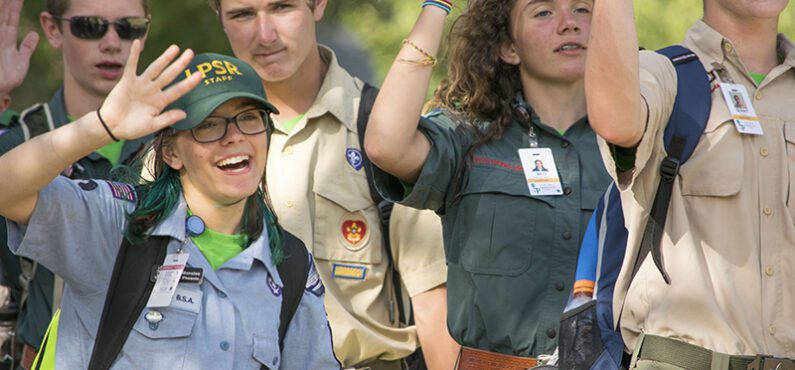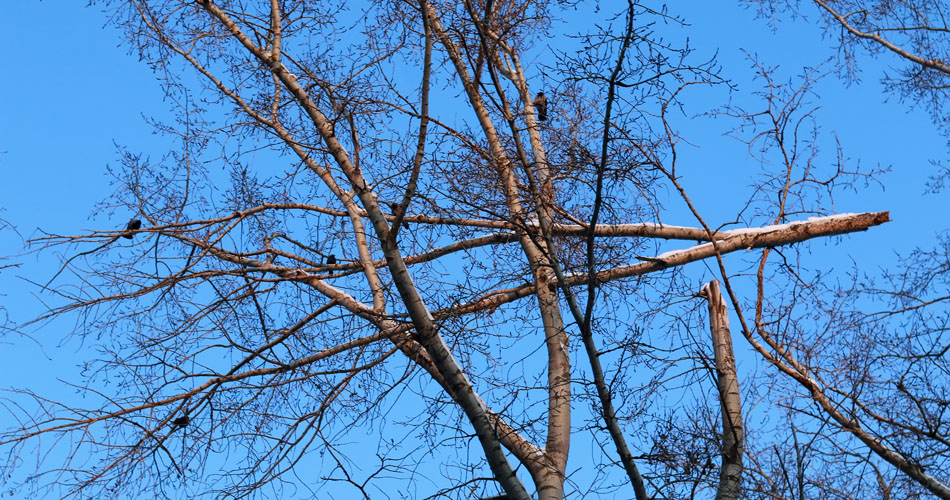
Properties
Camping offers a unique opportunity to connect with nature, but it also comes with certain risks, particularly those posed by hazard trees. Understanding and mitigating these risks is essential to ensure the safety and well-being of all campers. No matter your role in Scouting, each of us plays a role in selecting, utilizing and even potentially maintaining safe camping locations.
For Everyone
What is a hazard tree? A hazard tree is any tree that poses a risk to people or property due to factors such as disease, structural defects, or proximity to high-use areas (including campsites). Recognizing the signs of a hazard tree, including dead branches, cracks in the trunk, or an abnormal lean is a first key step for each of us. Review this new resource from the National Conservation Subcommittee on “Recognizing and Mitigating Hazard Trees” with your council staff and volunteers.
What can you do? Check out the list below and see how you can help Scouting be proactive in mitigating this risk.
For District and Council Volunteers
- Review this resource from the National Conservation Subcommittee on “Recognizing and Mitigating Hazard Trees” with your council staff and volunteers. Share Scouting’s Hazard Tree Safety Moment at roundtables, in newsletters and on social media.
- Remind units to avoid campsites with hazard trees. Share the section of the Guide to Safe Scouting that discuss hazard trees. Dead trees and dead limbs may fall at any time. Trees without needles, bark, or limbs may indicate structural defects.
- Remind Scouts and Scouters not use dead trees, hazard trees, or other unstable objects to support tents, canopies, or hammocks.
For Camp Property Committees and Rangers
- Review this resource from the National Conservation Subcommittee on “Recognizing and Mitigating Hazard Trees” with your council staff and volunteers. Hold routine inspections of your camp properties. These inspections should be documented and reviewed regularly to ensure that any issues are promptly addressed. Leverage the Post Camp and Pre-Camp Checklists.
- Lean on your property Conservation Plan to ensure this is properly addressed and the plan is working. See also NCAP standard FA-704.
- Consult with a certified arborist or forestry professional to assess the severity of the risk and to recommend appropriate actions. In some cases, pruning or bracing may be sufficient, while in others, complete removal of the tree may be necessary. Recruit these individuals to serve on your Council Conservation Committee.
For Short-Term Camp Administrators and Long-Term Camp Leadership
- Leverage the NCAP Site Appraisal Form to assess a camping location for hazard trees before your event.
- Remind units participating at your short-term camp events to assess their camping area for hazard trees that could impact them.
- Educate campers and volunteers about the dangers of hazard trees, and you could include this information in your short-term camp’s orientation meetings or planning guides.
- Remind campers to report any observed hazard trees to camp leadership.
Finally, it is important to have a response plan in place in the event that a hazard tree does cause an incident. This plan should include procedures for providing first aid, contacting emergency services, and securing the affected area to prevent further injury (this could also be included in your emergency procedures per NCAP AO-805). Regular drills and staff training can ensure that everyone is prepared to act quickly and effectively if necessary.
By adhering to these best practices and leveraging the resources available, we can create a safer environment for all campers. Regular inspections, proactive management, comprehensive education, and a well-prepared response plan are key components of effective hazard tree safety. Ensuring these measures are in place will help protect both people and property, allowing everyone to enjoy the great outdoors with peace of mind.






